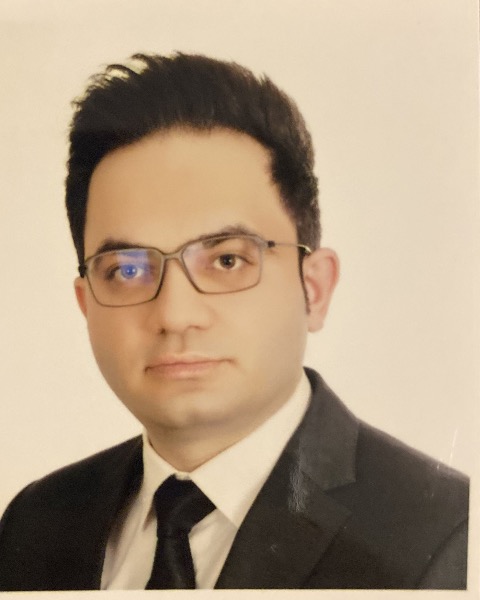Reconstruction (Includes Bone & Biomaterials and Soft Tissue)
(54) Comparison of Bone Width Increase in Patients Who Are Candidates for Bilateral Horizontal Bone Augmentation in Posterior Mandible With 2 Methods of Customized 3D Mesh and Allograft Bone Shell Technique
Thursday, September 12, 2024
2:30 PM - 4:00 PM EDT

Cyrus Hashemi
Back-home I was dentist and surgeon and now I am DMD students
Tufts dental school
Boston, Massachusetts, United States
Poster Presenter(s)
Disclosure(s):
Cyrus Hashemi: No financial relationships to disclose
Statement of the problem:
In augmentation of severe horizontal or vertical defects space maintaining is considered a major challenge. The use of customized 3D meshes as well as the use of allograft shells using the allograft bone shell technique leads to a reduction in duration and the ease of surgery compared to some other techniques. This study was conducted with the aim of comparing the increase of bone width in patients who are candidates for bilateral horizontal bone augmentation in posterior mandible with 2 methods of customized 3D mesh and allograft bone shell technique.
Materials and methods of work:
Ten patients with severe bilateral horizontal defect in the mandible who needed bone augmentation surgery before implant placement were selected for this study. Augmentation was done randomly on one side using customized 3D-printed titanium meshes using a mixture of 50% particulate autograft and 50% xenograft, and on the other side with the allograft bone shell technique using allogeneic plates and a mixture of 50% of particulate autograph and 50% of particulate allograph were performed. On the 5 months follow-up, the increase in ridge dimensions was evaluated using cone-beam computer tomography (CBCT) images. The distance between the initial bone contour and the bone contour obtained after the operation was measured starting 2 mm below the bone crest vertically and was calculated in 1 mm intervals in the axial plane along the augmented area; the average of these values was reported as the increase in bone dimensions. Also, during the follow-up period, the patients were examined for complications including infection and exposure. mann-whitney test used for data analysis.
Results and outcomes data:
In this study, no infection was observed in any of the patients. In the 3D mesh group, exposure was observed in 3 patients (which led to the removal of the mesh in two patients at the end of the second month) and in the allograft shell technique group exposure of mesh was observed in one patient, which ultimately led to failure. The increase in vertical bone dimensions at the end of the fifth month was 68±0.95 mm in 3D mesh group and 0.04±5.03 mm in Allograft Shell technique group. Based on the results of the statistical analysis comparing the increase in bone dimensions, no significant difference was observed between the two groups.
Conclusion:
Both methods of using 3D mesh and allograft shell technique for posterior mandibular augmentation are reliable in cases with wide horizontal defects.
References
Vaquette C, Mitchell J, Ivanovski S. Recent Advances in Vertical Alveolar Bone Augmentation
Using Additive Manufacturing Technologies. Front Bioeng Biotechnol. 2022 Feb 7;9:798393.
doi: 10.3389/fbioe.2021.798393. PMID: 35198550; PMCID: PMC8858982.
Lorenz J, Kubesch A, Al-Maawi S, Schwarz F, Sader RA, Schlee M, Ghanaati S. Allogeneic
bone block for challenging augmentation-a clinical, histological, and histomorphometrical
investigation of tissue reaction and new bone formation. Clin Oral Investig. 2018
Dec;22(9):3159-3169. doi: 10.1007/s00784-018-2407-0. Epub 2018 Mar 9. PMID: 29524026.
